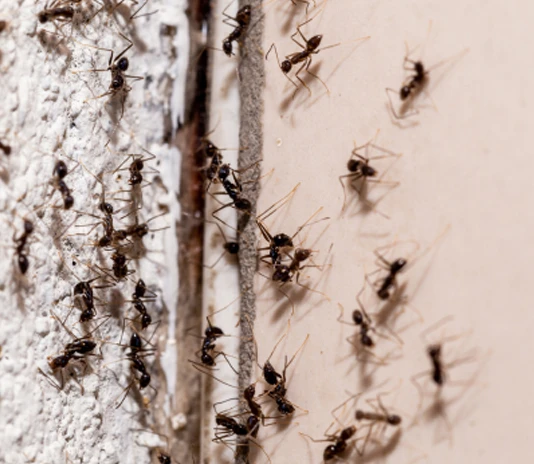
Exploring Effective Solutions for a Pest-Free Outdoor Environment
Maintaining a pest-free outdoor space is crucial for both comfort and health. Outdoor pest infestations can turn a peaceful garden or patio into a battleground. However, there are effective solutions for outdoor pest extermination that don’t compromise the environment. In this article, we’ll delve into various methods and strategies to help you reclaim your outdoor space from unwanted invaders.
1. Understanding the Pest Problem: Identifying the Culprits
Before diving into extermination methods, it’s essential to identify the specific pests causing issues in your outdoor space. Different pests require different approaches. Whether it’s mosquitoes, ants, or other nuisance insects, a targeted strategy is more effective than a one-size-fits-all solution. Take note of the signs and patterns to determine the best course of action.
2. Natural Repellents: Harnessing the Power of Nature
One eco-friendly approach to outdoor pest control involves the use of natural repellents. Plants like citronella, lavender, and marigolds naturally repel mosquitoes and other insects. Strategically planting these around your outdoor space can act as a natural barrier. Additionally, essential oils from herbs like peppermint or eucalyptus can be diluted and sprayed to deter pests without harming the environment.
3. Integrated Pest Management (IPM): A Holistic Approach
Integrated Pest Management (IPM) is a comprehensive strategy that focuses on long-term pest prevention. It combines biological, cultural, and physical methods to control pests with minimal environmental impact. This approach often includes introducing natural predators, maintaining proper sanitation, and using barriers to reduce pest populations. IPM is a sustainable solution that addresses the root causes of pest issues.
4. Eco-Friendly Pest Control Products: Minimizing Environmental Impact
For more targeted pest control, there are eco-friendly products available that won’t harm the environment. Look for pesticides with natural ingredients like neem oil, diatomaceous earth, or insecticidal soaps. These options are effective against pests while minimizing the risk to beneficial insects, pets, and the ecosystem. Always read labels carefully to ensure the products meet eco-friendly standards.
5. Mechanical Barriers: Keeping Pests at Bay
Mechanical barriers provide a physical obstacle to pests, preventing them from reaching your outdoor space. This can include installing screens on windows, using mesh nets over plants, or adding barriers like copper tape to deter slugs and snails. While not applicable to all pests, these physical measures can be highly effective for certain types of invaders.
Outdoor Pest Extermination: Taking Action
Now that we’ve explored various eco-friendly strategies for outdoor pest control, it’s time to take action. Consider incorporating these methods into a comprehensive pest management plan for your outdoor space. Planting natural repellents, implementing integrated pest management, using eco-friendly products, and deploying mechanical barriers can work synergistically to create a pest-free environment.
For more information on outdoor pest extermination and eco-friendly solutions, visit Outdoor Pest Extermination. This resource provides additional insights and recommendations to help you enjoy a pest-free outdoor space without compromising the environment.
Conclusion: Enjoying a Pest-Free Oasis
By combining these strategies, you can transform your outdoor space into a haven free from the disruptions of pests. From understanding the specific pest problem to implementing eco-friendly solutions, taking a holistic approach ensures a more sustainable and long-lasting solution to outdoor pest issues. Embrace these methods, and reclaim your outdoor oasis with confidence.
